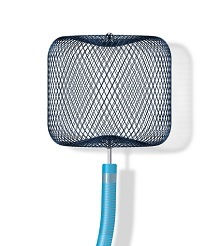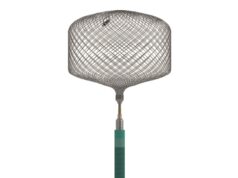
Microvention, a wholly owned subsidiary of Terumo Corporation, has announced the publication of five-year follow-up data from the WEB-IT trial and the addition of two sizes to its Woven EndoBridge (WEB) aneurysm embolisation system.
With these now-published five-year clinical trial data, WEB is the “most well-studied intrasaccular device available in the marketplace today”, with seven good clinical practice (GCP) studies and more than 200 peer-reviewed publications. That is according to a Microvention press release.
WEB is also now available in two new sizes (SL 6×2 and SL 7×2), continuing to allow for the treatment of different sizes and shapes of aneurysms. Microvention is showcasing this product as well as its entire line of innovative medical device products at this year’s Society of NeuroInterventional Surgery (SNIS) annual meeting (31 July–4 August, San Diego, USA).
The WEB device is designed to treat brain aneurysms inside the aneurysm sac, disrupting blood flow while sealing the neck and protecting the dome with Microvention’s MicroBraid technology. Additionally, WEB provides proven, long-term durability, with its five-year follow-up results demonstrating long-term safety and effectiveness, and is the only 17-system compatible intrasaccular flow disruptor, the company’s recent release adds.
Five-year data on the device are now available from the US WEB-IT and European WEBCAST 1 and 2 trials, while CLARYS, CLEVER, FROBS and WEB-IT China constitute the remainder of the seven GCP studies on WEB to date.
“From the GCP studies, there is currently a total of 1,464 patient years and counting, from 601 patients, during which no patient has experienced bleeding or re-bleeding from a WEB-treated aneurysm—a remarkable track record of effectiveness over a large, accumulated experience,” said David Fiorella (Stony Brook Cerebrovascular Center, Stony Brook, USA), co-principal investigator of the WEB-IT trial.
“It is great to have long-term follow-up on this large, adjudicated GCP study,” added Adam Arthur (University of Tennessee Health Science Center, Memphis, USA), co-principal investigator of the WEB-IT trial. “At this time, there is no device that has been shown to be safer for aneurysm patients than WEB. So, if a patient with a wide-neck bifurcation aneurysm can be treated with WEB, that ought to be the primary consideration.”
Microvention also recently celebrated the one-year anniversary of another product in its aneurysm care portfolio, the FRED X flow diverter. According to the company, this device has now been used to treat more than 1,000 US patients, and will be showcased by Microvention during the ongoing SNIS meeting as well.









